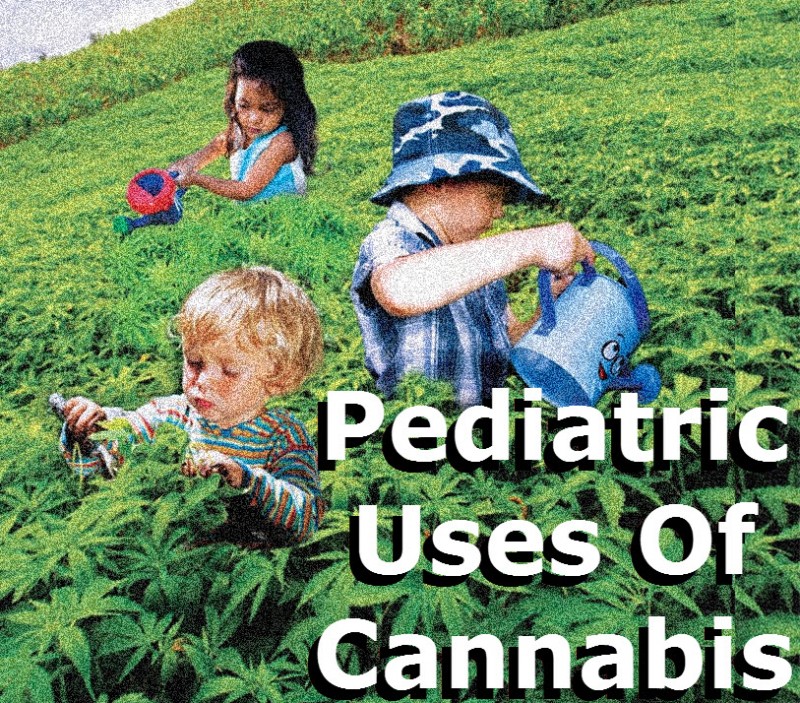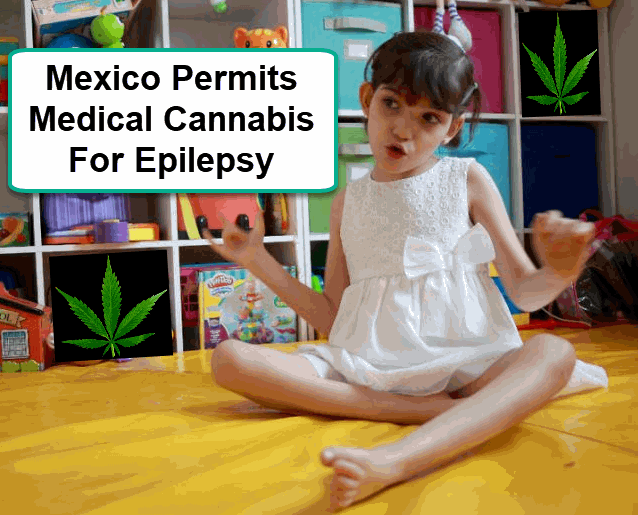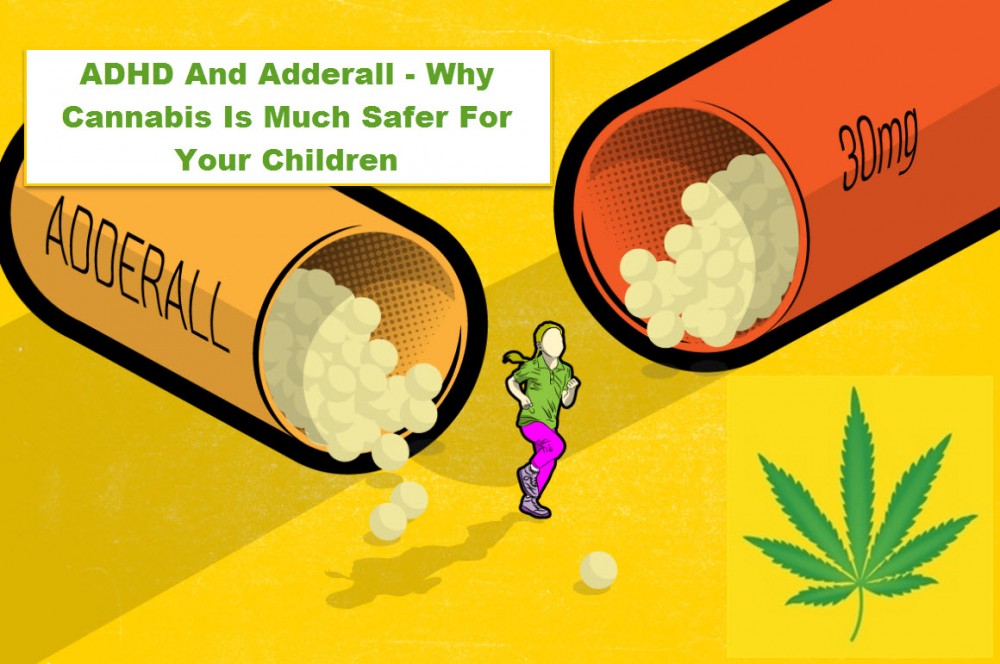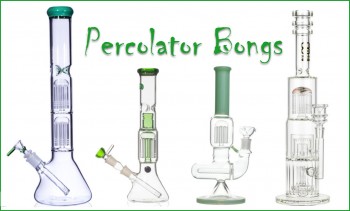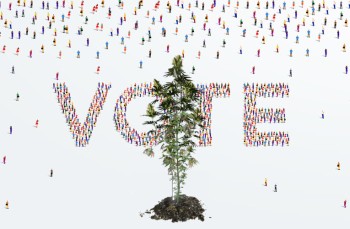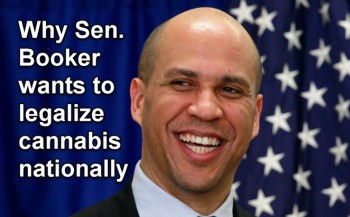Pediatric Uses Of Cannabis
Although the use of cannabis for children is a hot topic, there’s no denying that it has benefited many children with life-threatening conditions. In fact, it’s there’s quite a significant number of cannabis organizations that were established by parents with the intention of helping their children and others receive the medicine that they need. It’s also not uncommon to hear stories of parents breaking the law, out of desperation to obtain cannabis to treat their children’s illnesses. Legalizing cannabis will benefit children, whether you admit it or not.
Here are the most common pediatric uses of cannabis:
Autism
Based on data from the Centers for Disease Control and Prevention, 1 in every 68 kids in the United States is affected by autism. Autism impairs social and communication skills, and is also marked by compulsive and repetitive behavior; clearly things that can severely affect the quality of a child’s life. There are medications approved by the FDA to treat autism, although these are antipsychotic drugs that can have debilitating side effects including weight gain, diabetes, high blood pressure, and elevated cholesterol levels.
Studies show that the endocannabinoid system is associated with dysfunctions in the immune system of autistic children. In fact, it’s widely believed that the immune dysfunctions play an important role in certain forms of autism. Another study published in the journal Neuron showed that mutations associated with autism in mice was due to “deficits in endocannabinoid signaling.” The study noted that “alterations in endocannabinoid signaling may contribute to autism pathophysiology.” Neuroscientist Bradley Alger of the University of Maryland says, “It’s a very stimulating finding which could be a real turning point in understanding tonic endocannabinoids and how this otherwise mysterious lipid signaling really works.”
In Israel, the Shaare Zedek Medical Center is currently studying the benefits of medical cannabis on children with autism. Since Israel is one of the three countries, alongside the Netherlands and Canada, who have a government-sponsored medical cannabis program, it makes it easier for them to study. The Shaare Zedek Medical Center’s study is the first clinical trial of its kind. (We were able to speak with a parent whose child is participating in the study, click here to read it).
Epilepsy
The use of cannabis for treating pediatric epilepsy is one of the things that has certainly shined a light on the efficacy of the plant over the last few years. In 2013, a little girl named Charlotte Figi became famous when people realized the CBD extracted from the Charlotte’s Web oil was effective in treating the seizures brought about by Dravet’s Syndrome, a rare but severe form of epilepsy. She was 5 back then and suffered from as much as 300 grand mal seizures per week. Today, the Charlotte’s Web strain has helped save the lives of many who suffer from similar conditions and more.
Epilepsy is one of the most widely documented illnesses that cannabis has proven to treat, time and again. In fact, the earliest studies on cannabis for epilepsy goes back to the 70’s, thanks to Raphael Mechoulam, who is also responsible for discovering THC. In 2015, scientists from the Langone Medical Center in New York administered 162 patients with Epidiolex, a pharmaceutical medicine made out of 99% CBD. Around 1/3 of the patients reported a reduction in seizures, while 2% of them became completely free of seizures during the course of the treatment. However, almost 80% of the patients reported negative side effects from Epidiolex, which included diarrhea, fatigue, and drowsiness; 3% of the participants dropped out due to adverse reactions – further highlighting the importance of treating patients with only plant-based medicine instead of going the pharmaceutical route.
In the Children’s Hospital in Colorado, 1 in every 3 kids who received cannabis-derived medicine for seizure treatments have showed significant improvements, according to feedback from parents.
Neurologist Dr. Francis Jensen, who also wrote the book The Teenage Brain, and is also the former president of the American Epilepsy Society, told NPR’s Fresh Air: “In cases of unrelenting epilepsy in very small children, we look for anything that will block these seizures. It turns out that there is a group of children with early life epilepsy such as Dravet and a couple of other of these disorders that actually appear to be positively responding to the cannabidiol compound.”
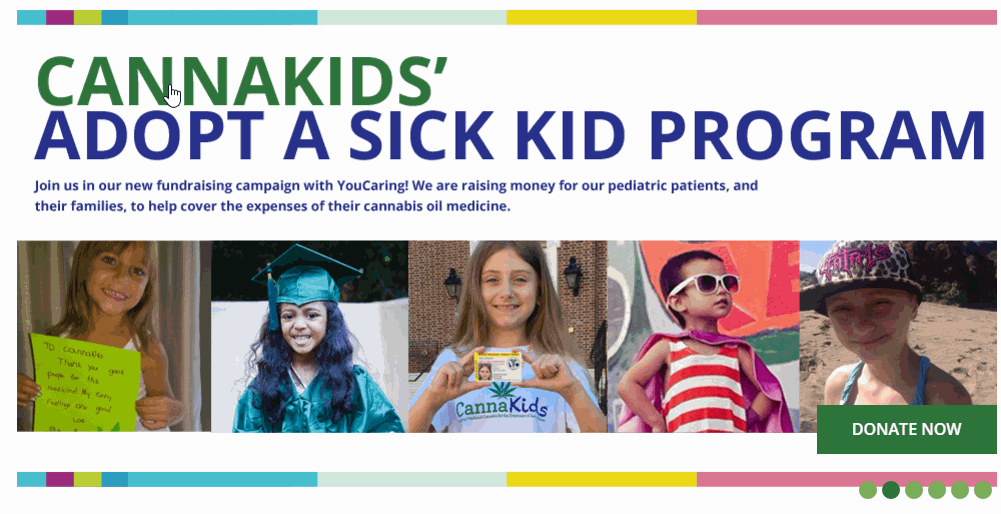
Cancer
Pediatric cancer may be rare, but it is still the leading cause of death among children in the United States. According to the National Cancer Institute, it was estimated that there were over 15,000 children in 2014 between the ages of 0-19 who were diagnosed with cancer – that is still a significant number of lives that need saving.
What makes it worse is that children usually have to go through more chemotherapy sessions within a shorter time frame than adults, which results in debilitating side effects especially in the fragile and still-growing bodies of young children. This makes it critical to find safer alternatives for treating children with cancer – and by this we mean cannabis. Even the American Cancer Society agrees – just check out their website.
Cannabis is widely used for the treatment and management of cancer, and pediatric cancer should be no different. Studies have shown that CBD can also cause tumor cells to die in many forms of cancer.
Although smoking cannabis is likely not suitable for treating these conditions in children, there are many other alternatives to choose from including oils, tinctures, and edibles. Kids are paving the way for cannabis legalization, although there’s certainly more than enough proof that cannabis is a safe, suitable medicine for children who face life-threatening conditions such as these, and many more.
OTHER STORIES YOU MAY ENJOY...
CANNABIS FOR ADHD ADDERALL IS SURGING, READ THIS..

